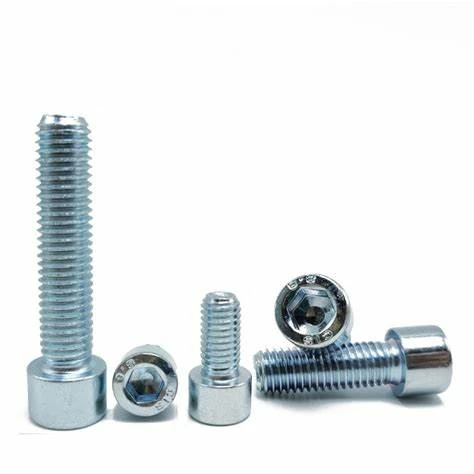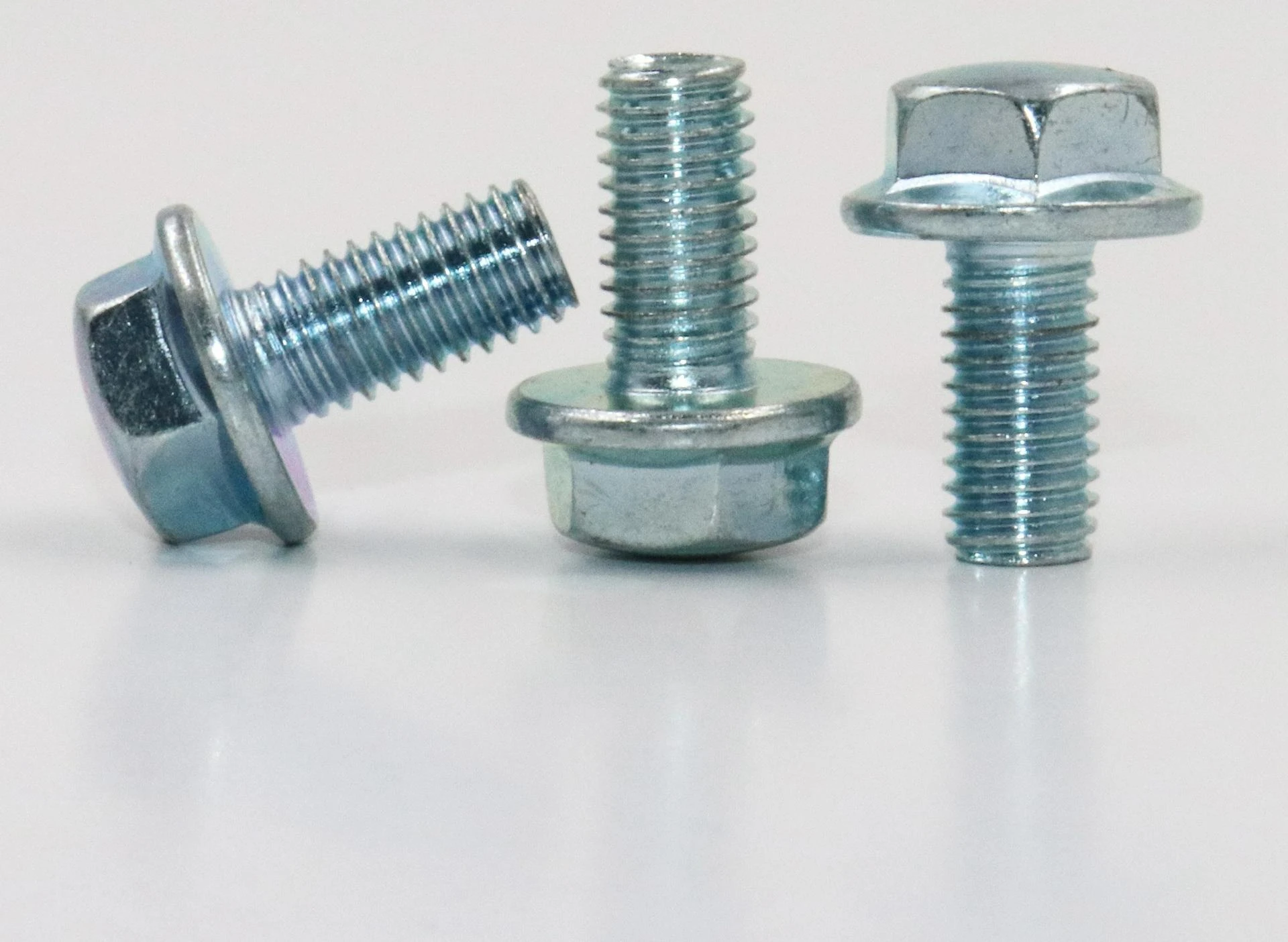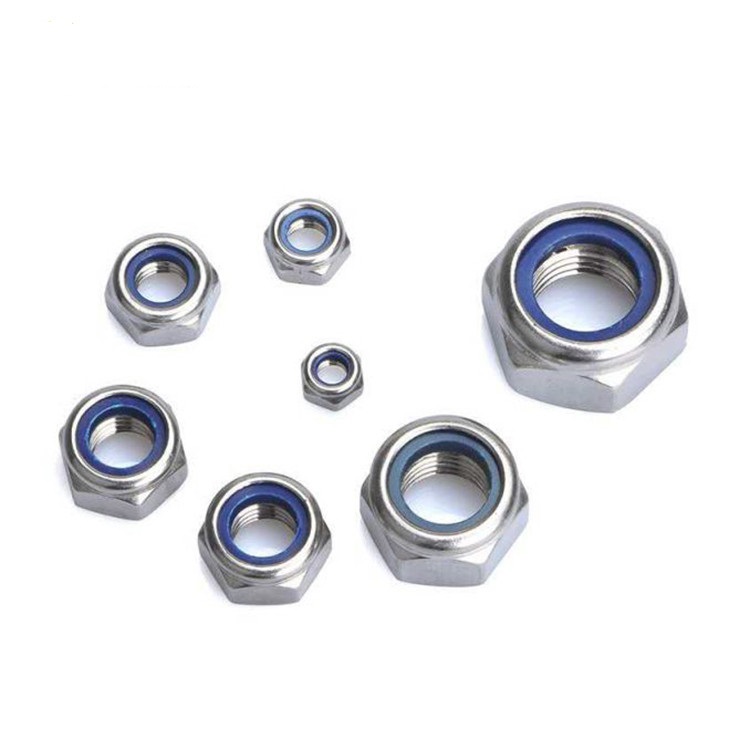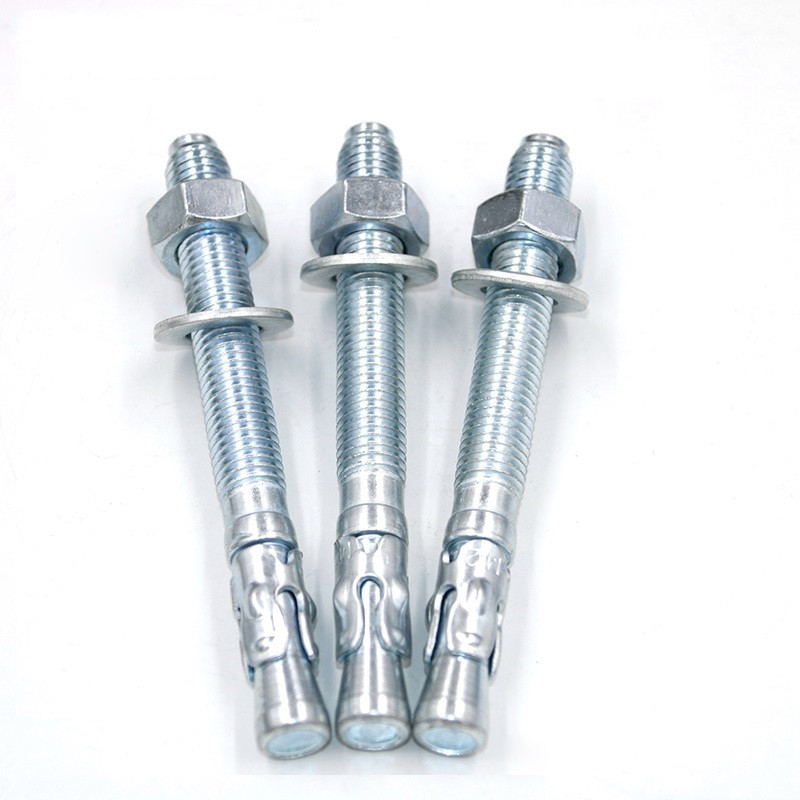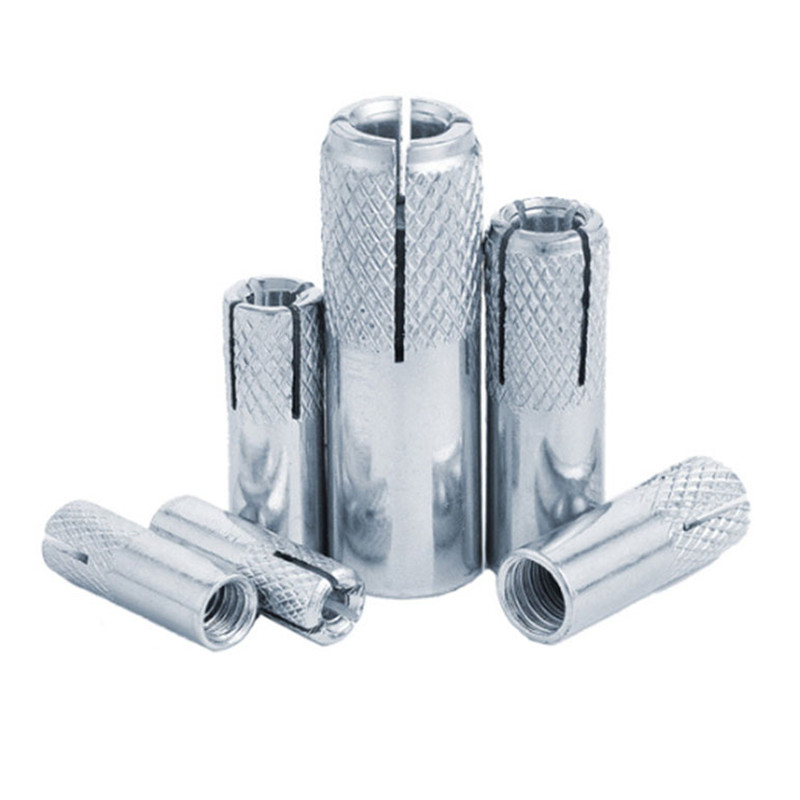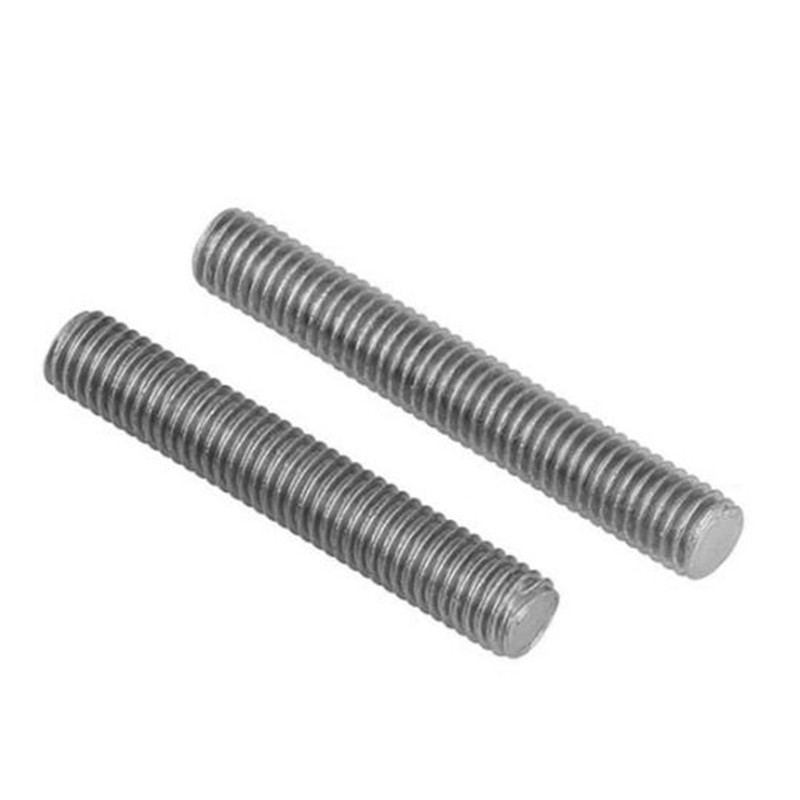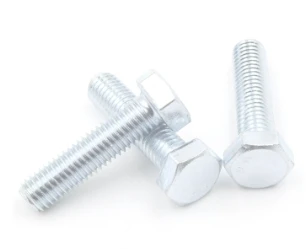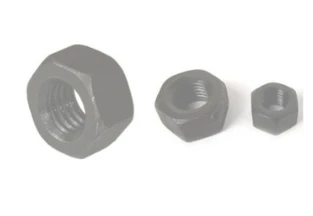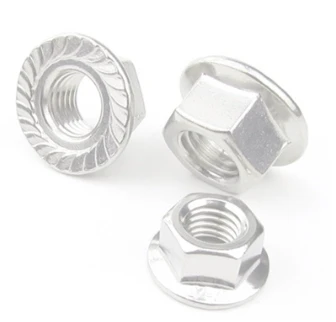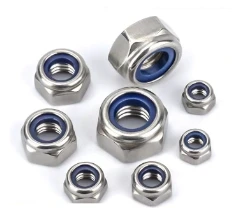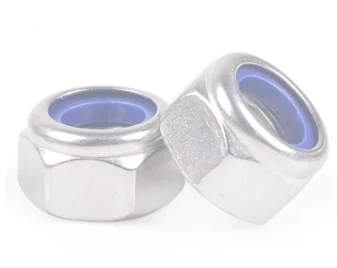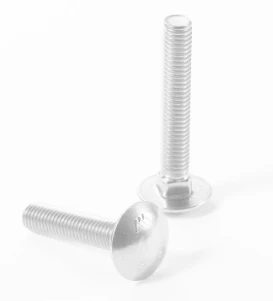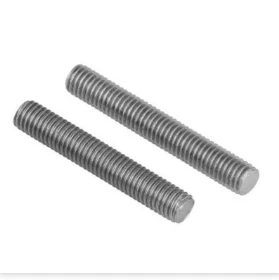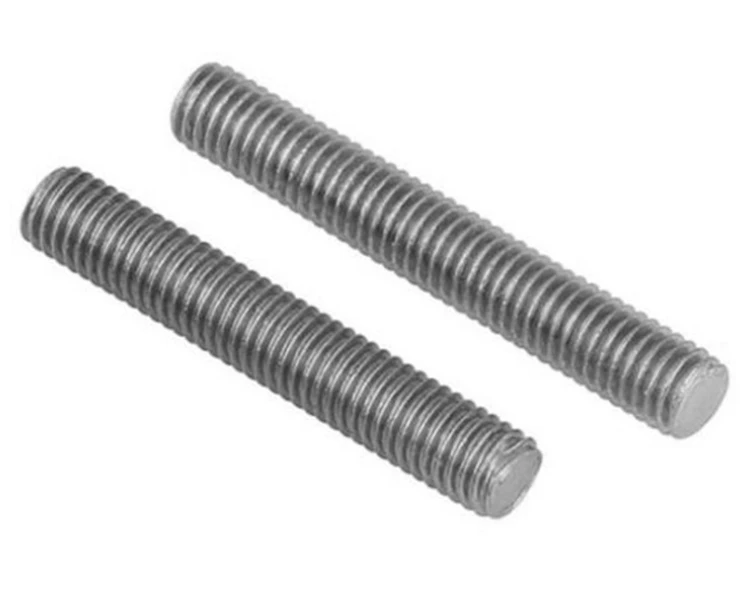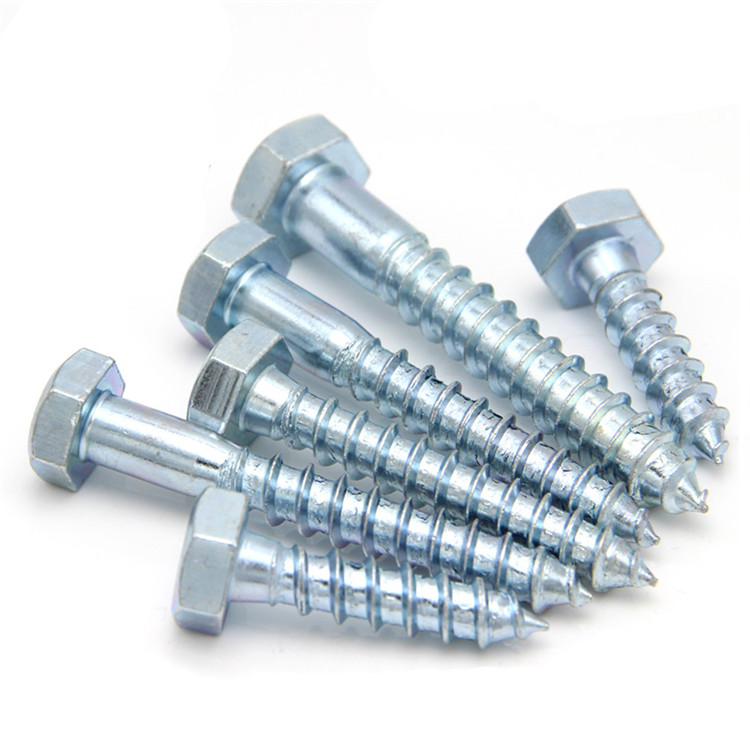
A hex head timber screw—also called a timber hex screw or hex wood screw—is the gold standard for heavy-duty timber joinery across modern engineering, construction, and industrial sectors. As market demand for structural integrity, corrosion resistance, and rapid installation grows, understanding the comparative features, technical parameters, and best applications of hex head timber screw products becomes critical.
Industry Trends: Why Hex Head Timber Screws Dominate Modern Timber Fastening
Global timber fastening technology has rapidly advanced toward greater performance and durability. According to the 2023 Global Fastener Market Report, the demand for structural wood screws with a hex head design has grown by 14.7% CAGR (2021~2023), largely driven by the need for faster, one-person installation, increased load capacity, and compatibility with engineered woods. Notably, the DIN571 Hex Head Wood Screw has become the industry benchmark for reliability in harsh outdoor and industrial environments.
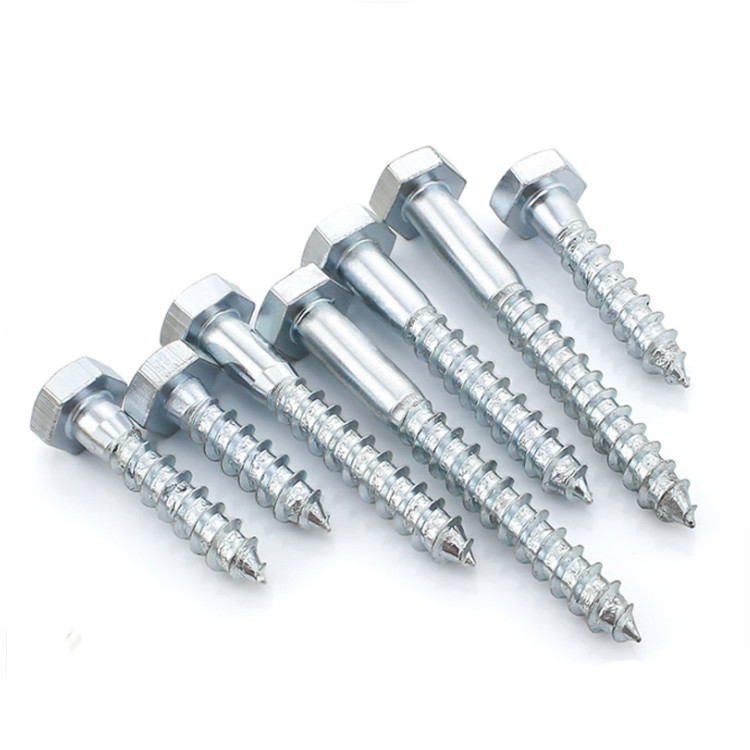
Key Market Segments Using Hex Head Timber Screws:
- Timber frame housing & modular construction
- Industrial machinery & equipment mounting
- Bridges, decks, and wooden infrastructure
- Marine & outdoor landscaping
- Heavy-duty furniture & woodwork restoration
- Oil & gas, metallurgy, water management sectors
Technical Specifications of Hex Head Timber Screws
Hex head timber screws (DIN571 standard) feature a hexagonal head compatible with both manual wrenches and power drivers. Their thread profile ensures maximum withdrawal resistance in both natural and engineered timber. Below is an industry-comparative parameter table for commonly used specifications:
| Parameter | DIN571 Hex Head Wood Screw | Generic Hex Wood Screw | Flat Head Hex Wood Screw |
|---|---|---|---|
| Head Shape | Hexagon | Hexagon | Flat + Hex Socket |
| Thread Type | Coarse, deep-thread | Standard-thread | Coarse, partial-thread |
| Head Height | Approximates 50% of thread diameter | 45% of diameter | Lower profile: 30% |
| Material | High Carbon Steel, Stainless 304/316 | Low/Med Carbon Steel | Alloy Steel, Galvanized Steel |
| Length Range (mm) | 25–300 | 20–200 | 30–150 |
| Diameter Range (mm) | 4.0–12.0 | 3.5–10.0 | 5.0–8.0 |
| Corrosion Resistance | Excellent (HDG, Zinc, 316SS) | Moderate | Good (Expoxy/Ceramic) |
| Relevant Standard | DIN571, ISO14585, ANSI/ASME B18.2.1 | GB5782, DIN933 | Customized, ISO7380 |
The DIN571 Hex Head Wood Screw — Product Snapshot
- Standard: DIN571 / ISO14585 (fully compliant)
- Head style: Hex (6-sided; easy torque transfer)
- Size range: d=4–12mm; length=25–300mm
- Material: C1022 high carbon steel, 304/316 stainless steel
- Treatments: Hot-dip galvanized (HDG), Dacromet®, Zinc-plated, Black Oxide
- Load capacity: Up to 7.5kN (based on 10x150mm, ASTM F3125 test)
- Environmental suitability: From -35°C to 320°C, marine anti-corrosion
- Certifications: ISO9001, SGS, TÜV, CE marking
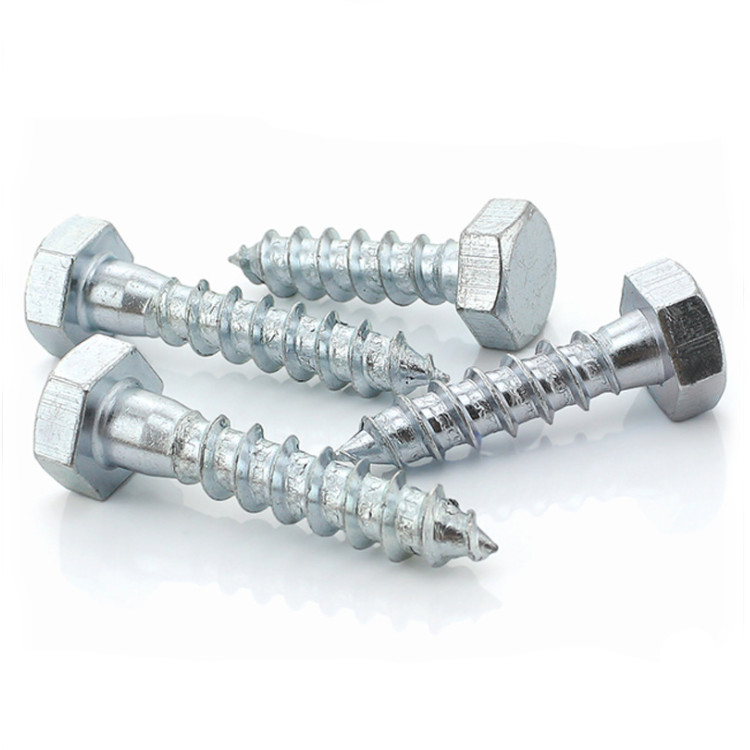
Manufacturing Process of Hex Head Timber Screws — Step-by-Step Guide
1. Material Selection
High-grade steel wire (e.g., C1022, 304/316SS) is selected for optimal strength and anti-corrosion properties. All raw materials are tested for composition per ISO14585 and ASTM A276 codes.
2. Cold Forging/Heading
Hexagonal head formed by multi-station cold heading machine. This maximizes mechanical strength without introducing microcracks.
3. Thread Rolling
Precision roller dies create deep threads that enhance withdrawal resistance. Major diameter, pitch, and flank angle monitored by laser gauges.
4. Heat Treatment
Carburizing or quenching enhances hardness (28–38 HRC). Ensures the thread does not deform under high insertion torque.
5. Surface Plating/Finishing
Hot-dip galvanization (≥70µm), Dacromet®, or zinc plating is applied. Confirms with ISO 9227 (salt spray test ≥ 240 hours for exterior grade).
6. Quality Control & Packaging
Random batch inspection with digital torque/axial load testers, threading plug gauges, and magnetic particle inspection for surface cracks. All shipments supplied with 3.1 MTC (Material Test Certificate) per EN 10204.
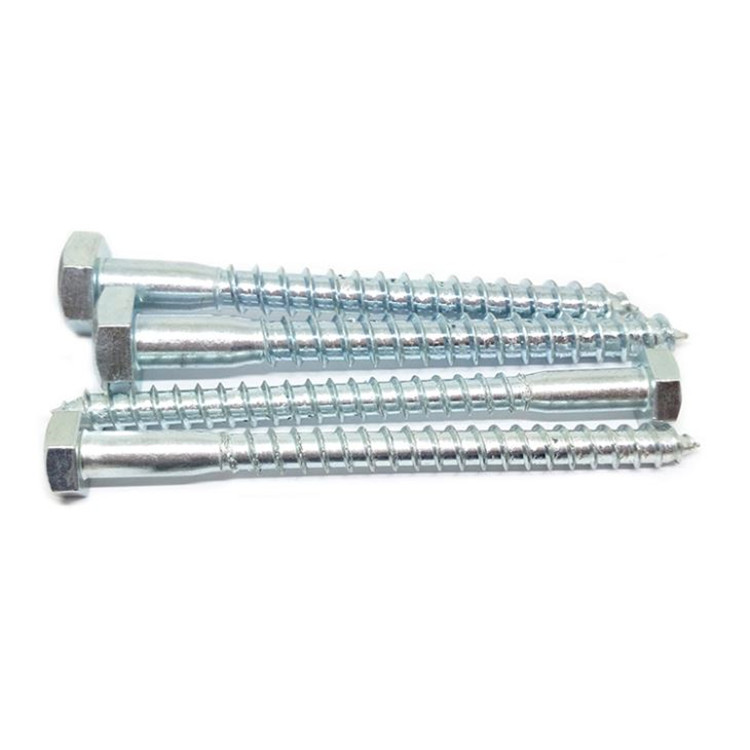
Visual Overview: Hex Head Timber Screw Manufacturing Flow
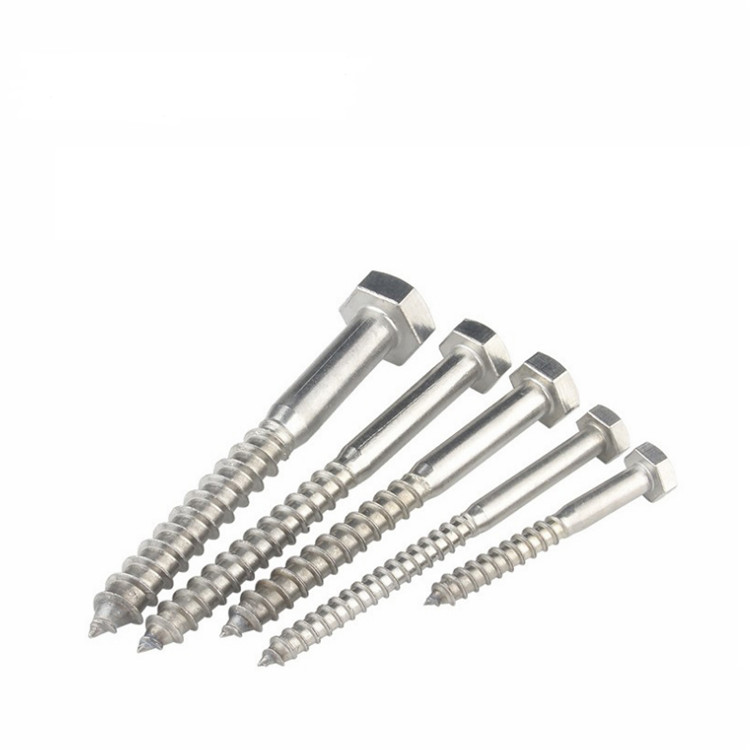
▲ Manufacturing flow—from wire coil to finished hex head timber screw (DIN571), highlighting forging, threading, finishing, and QC checkpoints.
DIN571 Hex Head Wood Screw — Core Technical Advantages
- High Torque Transfer: Hex head design reduces cam-out, enables high-torque tool compatibility, and reduces installation time up to 40%. Greatly superior to slotted/Philips head in large timber sections.
- Superior Corrosion Resistance: With ISO 9227-certified plating, DIN571 hex head timber screws remain rust-free even in marine and highly alkaline environments for up to 25 years lifespan.
- Consistent Load Bearing: The coarse, deep thread profile ensures wood fibers are engaged securely—better resisting pull-out forces, vibration, and seasonal timber movement.
- Standard Compliance: Every batch certified per DIN571, ISO14585, and ANSI B18.2.1 ensures dimensional accuracy and interchangeability on international projects.
- Custom Options: Custom shank diameters, lengths, and heads (hex washer/flange, flat hex) available for special engineering applications.
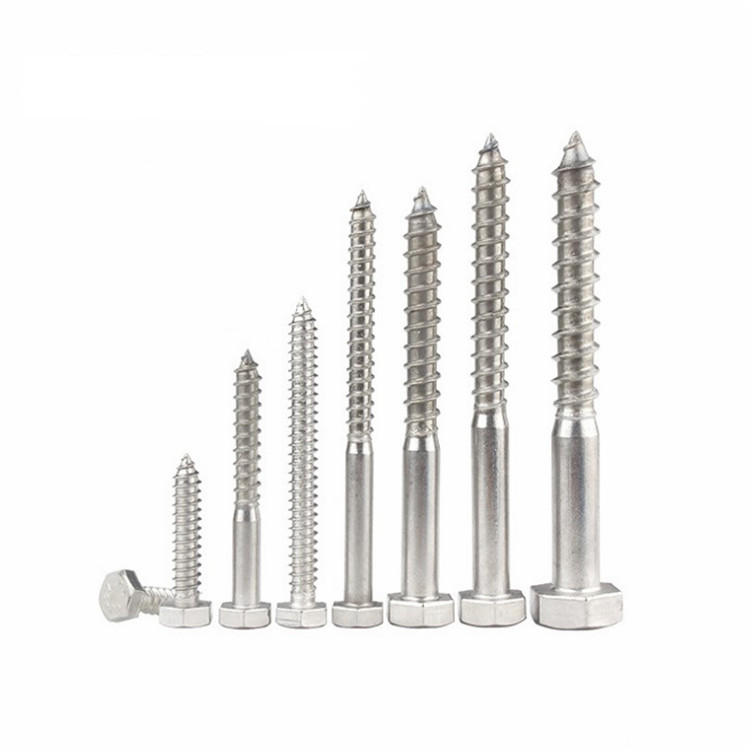
Data Visualization—Performance Comparison
Competitive Manufacturer Overview: Supplier Comparison Table
| Feature | HBTBLS (DIN571) | Brand X | Brand Y |
|---|---|---|---|
| Manufacturing Origin | China (ISO-certified) | Germany | USA |
| Certifications | ISO9001, CE, SGS, TÜV | ISO9001, IFI | ANSI/ASME |
| Material Control | 100% Traceability | Batch Sampled | Batch Sampled |
| Custom Service | OEM/ODM Available | Standard Only | Limited |
| Min. Order (pcs) | 1,000 | 2,000 | 5,000 |
| Lead Time | 7–20 days | 15–30 days | 21–35 days |
| Global Projects | EuroAsia, Mid-East, Oceania | Europe | USA, Canada |
Customization & OEM Services for Hex Head Timber Screws
For highly specialized engineering or architectural projects, custom hex head timber screws are developed according to the client’s drawings, load criteria, and environmental requirements:
- Material upgrades: 2205 duplex, 410SS, alloyed with Mo/Ni for acidic/alkaline conditions
- Non-standard head geometries: hex flange head, hex with integrated washer, or tamper-proof hex
- Length up to 600mm, diameter up to 16mm (made-to-order)
- Colorized coatings for decorative or architectural needs (powder coat, epoxy)
- Laser engraved batch/trace codes
- Additional certifications (FDA compliance for food-contact, upon request)
Project Case Study: Large-Scale Timber Bridge (Europe)
Application: 32,700 pcs of DIN571 hex head timber screw (M10x220mm hot-dip galvanized) for truss beams, decks, and handrails
Key Requirements: Service life > 20 years, high pull-out resistance (>7kN), and weatherproofing for -28°C winters
Result: 36.5% reduction in installation time compared to pre-drilled bolts, zero reported fastener failures or corrosion after 16 months
Client Feedback:
“After 1.5 years, no rust spots are visible, and all timber members remain 100% secure. The installation crew favored the hex head design for faster work and safety.” —Project Manager, Rhine Timber Construction

Application Scenarios: Where Hex Head Timber Screws Excel
| Scenario | Recommended Type | Advantages |
|---|---|---|
| Outdoor Timber Decks | DIN571 hex head timber screw, SS316 | Fast assembly, superior rust-resistance for >20yrs |
| Industrial Equipment Mounting | Hex wood screw, HDG | High load-bearing, vibration-resistant |
| Marine Constructions | Hex head wood screws, DACROMET® | Extreme marine corrosion resistance |
| Heavy Furniture Assembly | Flat head hex wood screw | No protruding head; aesthetic finish |
FAQ—Professional FAQ
Q1: What are the standard materials for manufacturing hex head timber screws?
A: High carbon steel (C1022, C1018) and stainless steel (A2-304, A4-316) are the most widely used. For aggressive industrial or marine settings, alloy steel or duplex stainless may be specified.
Q2: What is the usual hex head size corresponding to the screw diameter?
A: As per DIN571, the hex head width across flats is ~2.5x the thread diameter; e.g., M8 screw uses 13mm (spanner size), M10 uses 17mm.
Q3: How are hex screws for wood tested for corrosion resistance?
A: Salt spray (fog) testing per ISO 9227 is standard. Hot-dip galvanized screws must withstand >240h neutral salt spray, while stainless types are virtually immune in most outdoor/industrial environments.
Q4: What thread design ensures best performance in wood?
A: Deep, coarse threads with 60° flank angle provide best withdrawal load and reduce timber splitting risk. Threads typically cover 60–80% of shank length for optimal grip.
Q5: Are hex head wood screws suitable for automated installation?
A: Yes. The hexagonal head enables compatibility with robotic and pneumatic drivers, greatly improving productivity in modular/process-driven construction.
Q6: What certifications should I seek for quality assurance?
A: Look for ISO9001, CE, and country-specific marks (e.g., SGS China, TÜV Germany, IFI US), as well as firmware traceability documentation upon request.
Q7: What installation standards apply to hex head timber screws?
A: Installation should follow EN 1995-1-1 (Eurocode 5 for timber structures); pre-drilling as per screw diameter and manufacturer specs is recommended to avoid splitting in dense hardwoods.
Delivery, Warranty, and Customer Support
- Delivery cycle: 7–20 days for standard types, up to 30 days for custom OEM
- Warranty: 12–36 months, depending on corrosion class; 100% replacement in case of major quality failure
- Customer support: 24/7 technical consultation, preload calculation assistance, and on-site installation guidance for major projects
- After-sales service: Full material traceability (MTC cert), and support for export documentation (CO, RoHS, Reach, etc.)
Why Choose DIN571 Hex Head Timber Screw from HBTBLS?
- Over 20 years’ manufacturing experience – over 700 million pcs exported worldwide
- Certified to ISO9001:2015, SGS, TÜV, and meets EN 14592 (Europe) and ASTM F3125 (US) performance standards
- Supply to Fortune 500 clients and government infrastructure projects
- Industry-leading custom engineering for unique project needs
References & Further Reading
- Grand View Research, Screw Fasteners Market Analysis Report, 2023
- Fastener World – Global Industry News
- European Journal of Wood Science, Recent Advances in Timber Fastening
- ISO 9227:2017 Standard—Corrosion Tests in Artificial Atmospheres
- Woodworking Network – Fastener Design Trends
- Structural Engineering Forum, Eng-Tips Structural Fastener Discussions
Post time: Jul . 31, 2025 09:40


